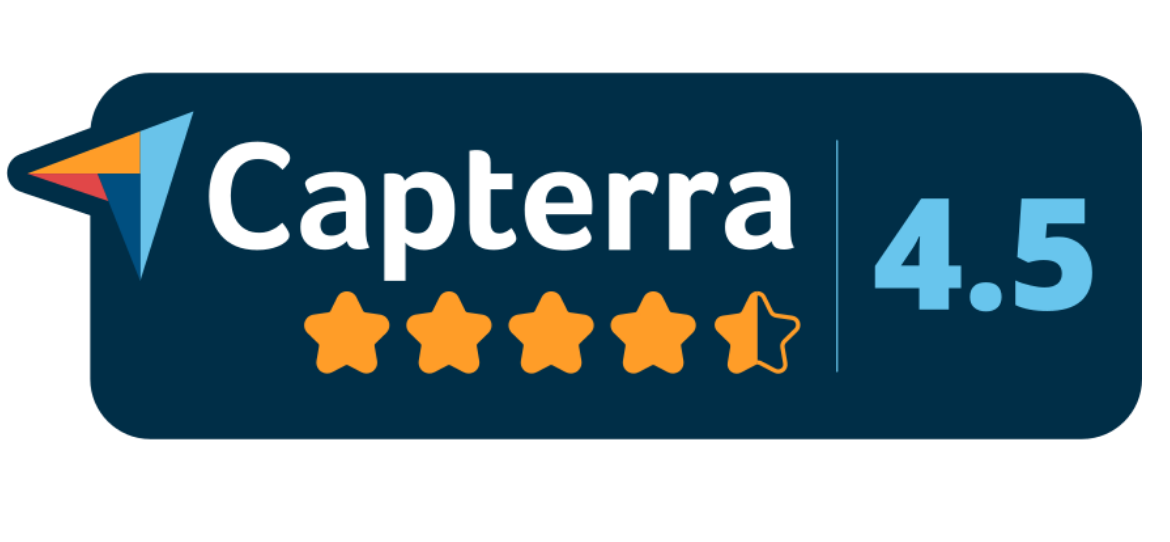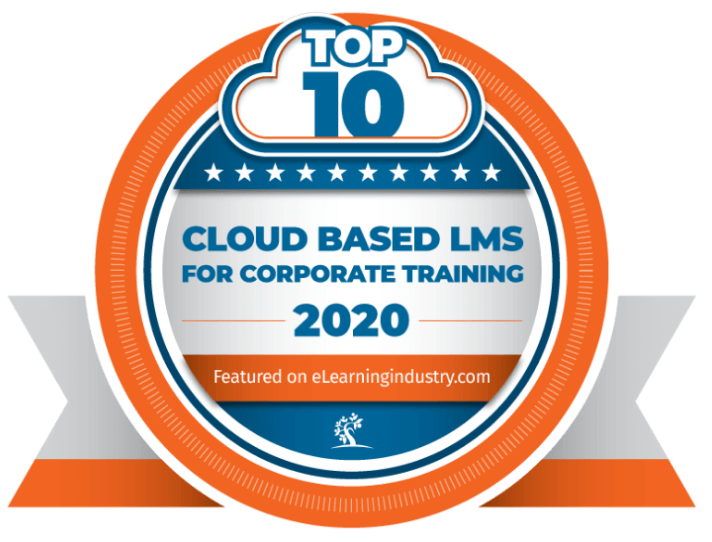July 29, 2025
Top Features to Look for in an Enterprise LMS for 2025

In 2025, an enterprise LMS must do much more than simply host courses. It needs to act like a smart command center. For example, find an AI-powered skills map that updates itself as job roles change, a content tool that converts dry policy documents into concise, engaging lessons in minutes, and clear analytics that demonstrate how training lowers attrition, boosts sales, and reduces compliance risks. Furthermore, it should integrate seamlessly with everyday work collaboration apps, such as Teams, Slack, or Salesforce, so learning appears right where people are working. It must also handle administrative tasks automatically while adhering to strict AI rules to ensure satisfaction among auditors and finance teams. Here, you have the minimum viable platform for a world where skill half-lives are measured in months. Listed below are the top 6 features to look for in an enterprise LMS in 2025.
1. An AI-Native Skills Graph
According to research from the Harvard Business Review, the average half-life of skills is now less than five years, and in some tech fields, it is as low as two and a half years. It’s no longer a nice-to-have to have an actual skills ontology that updates itself based on data from the job market, internal project tags, and competency frameworks. It’s a must-have. This allows organizations to stay ahead of the curve and ensure their workforce is equipped with the most relevant skills for current and future demands.
2. Predictive & Prescriptive Analytics
Look for dashboards that correlate learning activity with churn risk, quota attainment, and defect reduction, ideally streaming directly from your Human Resources Information System (HRIS) and Customer Relationship Management (CRM), rather than relying on weekly CSV dumps. Your Chief Financial Officer (CFO) doesn’t want “engagement”; they want a dollar sign next to it. They want to see real results that demonstrate how learning and development programs impact key business indicators. You can gain valuable insights that link learning activities to bottom-line results by integrating data from HRIS and CRM systems in real time.
3. Adaptive Assessments & Immersive Simulations
Modern psychometric engines now dynamically adjust scenario complexity in real-time, delivering the resulting proficiency data back into the skills graph. Combine that with browser-native AR/VR (no headset or plugin required) for compliance walk-throughs, zero-defect maintenance drills, and empathy-training role-plays. If an enterprise learning management system cannot render a 3-D valve on a mid-range phone, it will fail for field operations.
4. Flow-of-Work Integrations
Users spend their days on Teams, Slack, Jira, and Salesforce. Your enterprise learning system should also reside there: assign a “Negotiation Skills” micro-course when an opportunity advances to the “Commit” level, or push a one-click quiz when a service ticket is escalated. Anything less is commute-time learning, and commute-time is extinct. Integrating your enterprise learning system with these platforms ensures seamless access to training materials at critical moments in the workflow, maximizing productivity and skill development. By embedding learning opportunities directly within employees’ daily tools, you create a culture of continuous learning that is both efficient and effective.
5. Cloud-Native Scale & Cost Transparency
Pick an LMS built on microservices that auto-scales from a pilot group to hundreds of thousands of users while giving you real-time, detailed per-user cost dashboards. With this enterprise LMS, you can easily track and manage user activity and costs, ensuring efficient resource allocation and budget management. Additionally, the platform’s scalability enables seamless growth without compromising performance or cost-effectiveness.
6. Consolidation-Proof Extensibility
The LMS category is in mid-consolidation; plugins and a transparent roadmap are important. A clean marketplace means you can bolt on an LXP layer or skills-assessment micro-app without re-architecting. Ask how many third-party apps are certified today and how revenue-sharing works to predict ecosystem health. Understanding the level of third-party app certification and revenue sharing structure can provide insight into the overall sustainability and growth potential of the enterprise learning ecosystem. This information can help inform decisions about integrating additional functionalities or expanding the platform in the future.
Conclusion
According to a Fortune Business Insights report, the global learning management system (LMS) market size was valued at USD 23.35 billion in 2024 and is projected to grow from USD 27.09 billion in 2025 to USD 82.00 billion by 2032, exhibiting a CAGR of 17.1% during the forecast period. The enterprise LMS you choose in 2025 must think, predict, and integrate at business speed, or you’re locking in tomorrow’s tech debt. AI-driven skills mapping, instant content generation, real-time analytics, flow-of-work delivery, and hands-free governance are no longer perks; they’re table stakes. Are you ready to see how these essentials come together? Explore Unlock: Learn by Infopro Learning, an enterprise LMS, to experience every top feature in action and turn learning into a true performance engine today. Get in touch!







